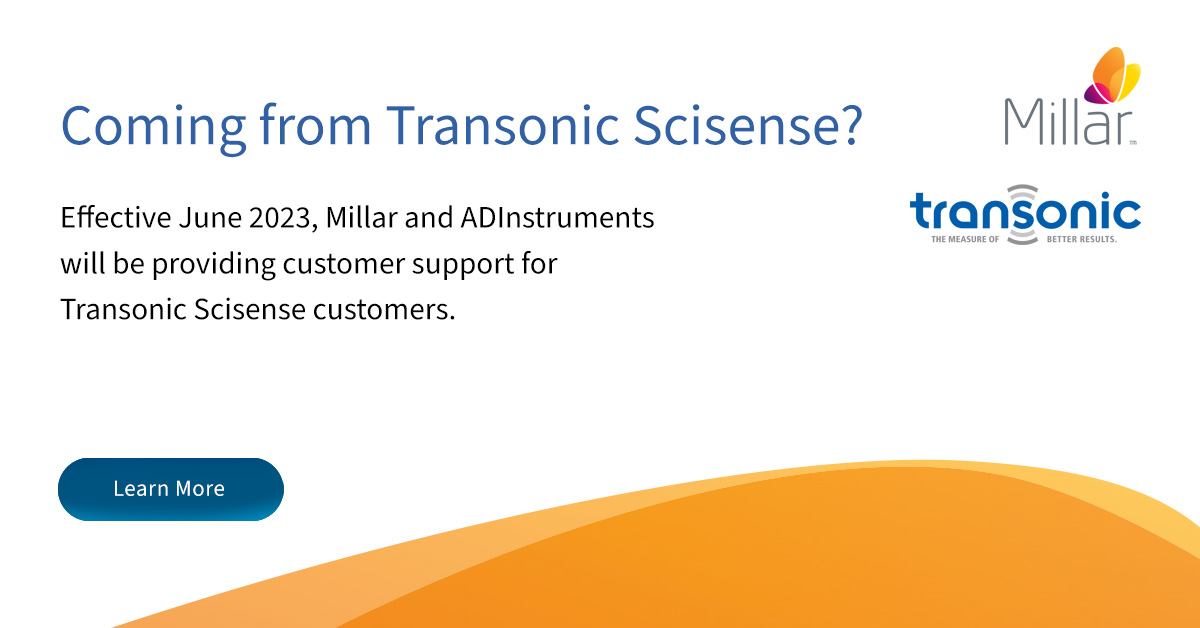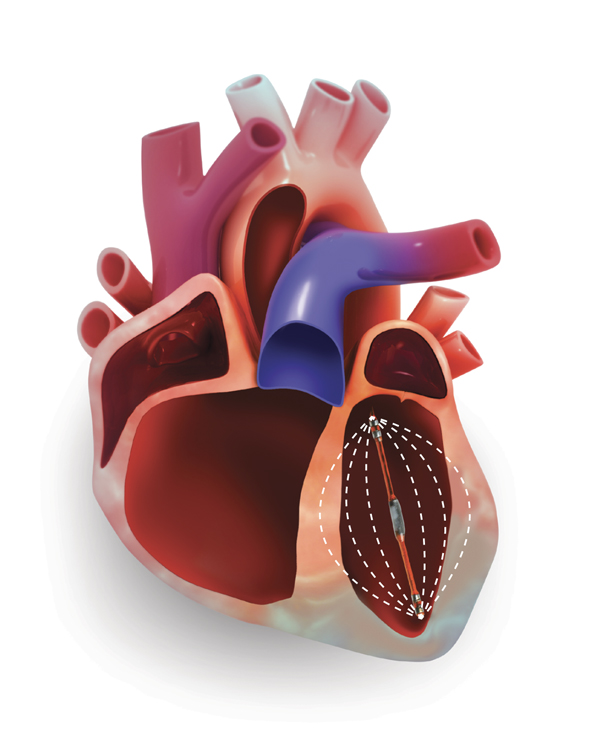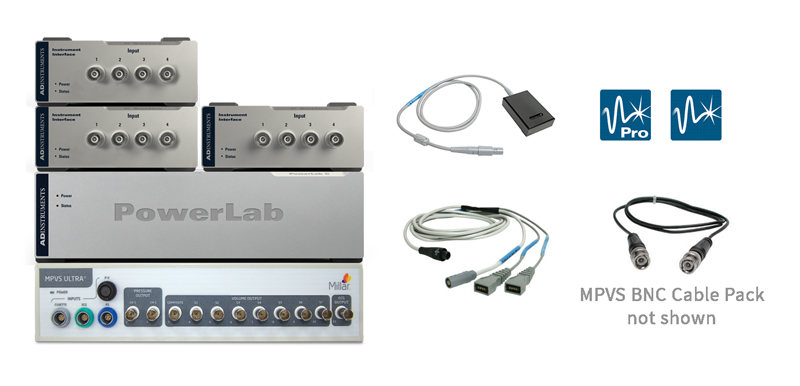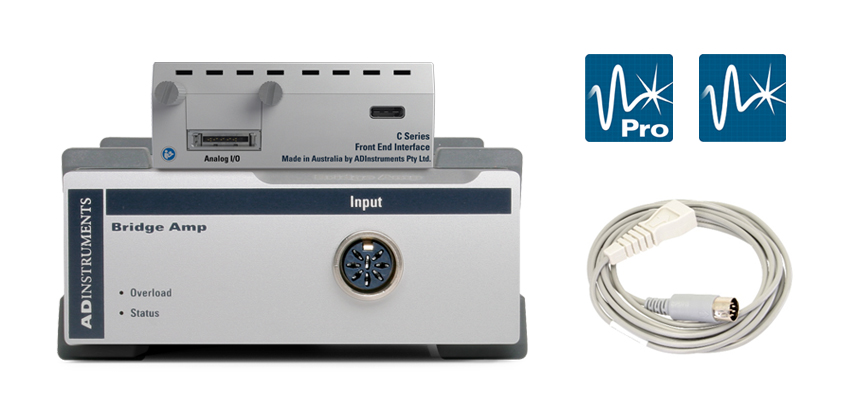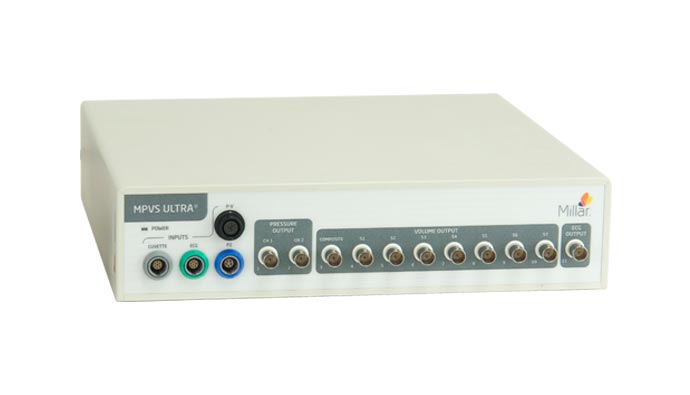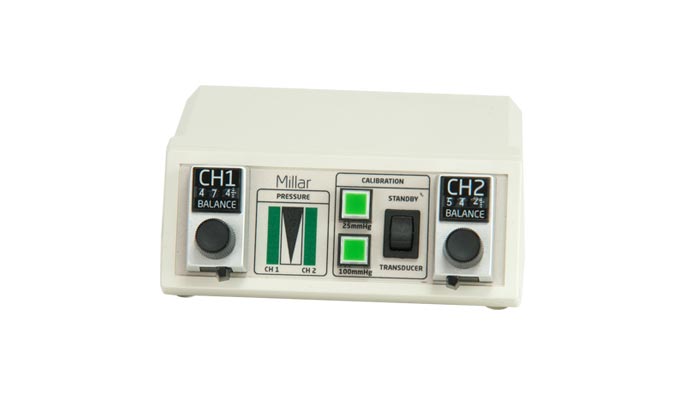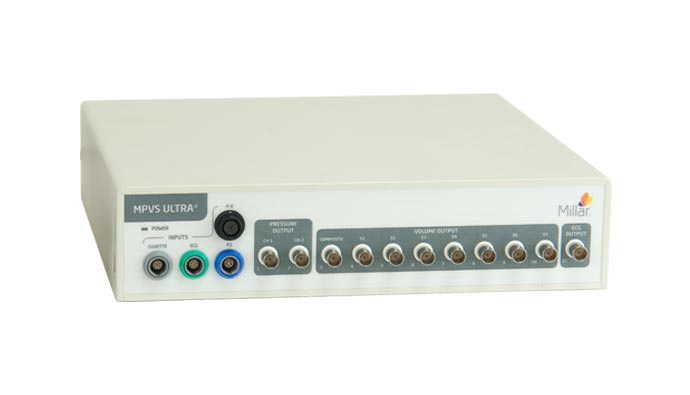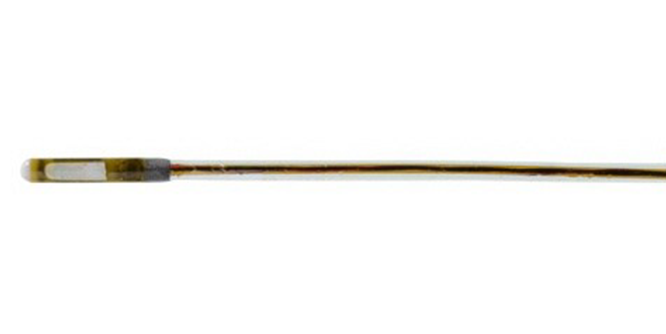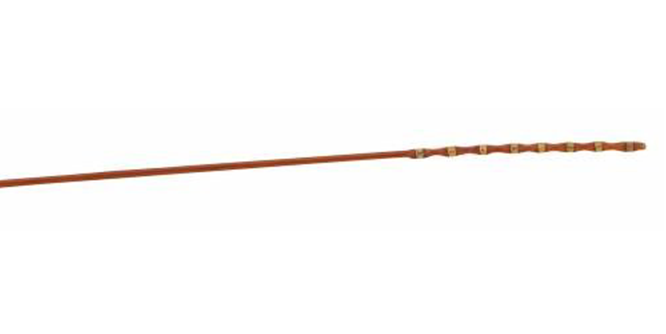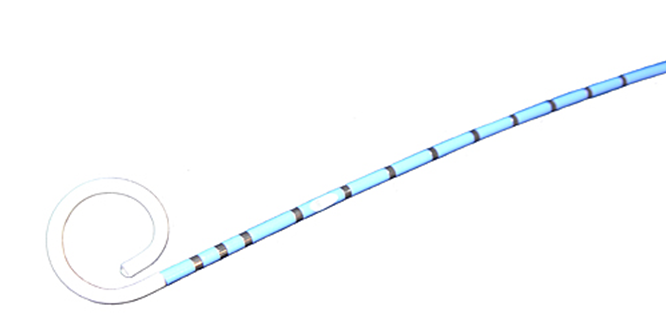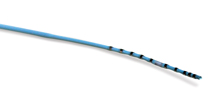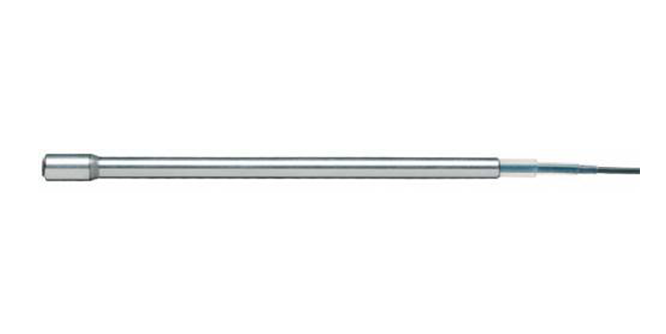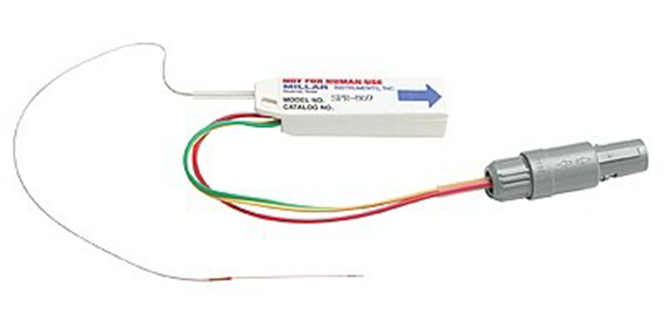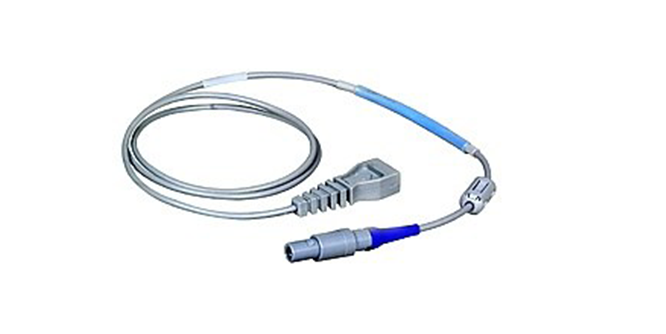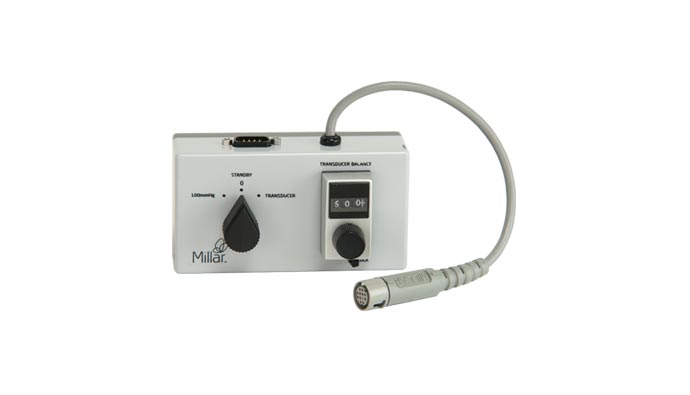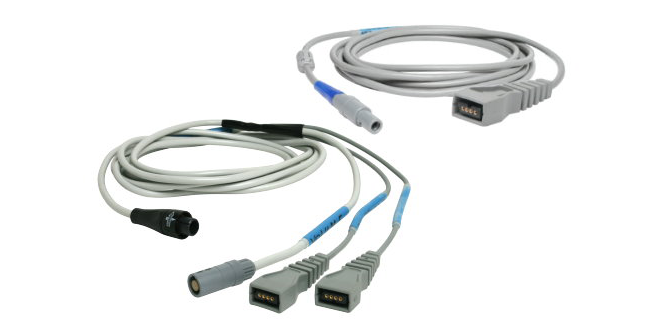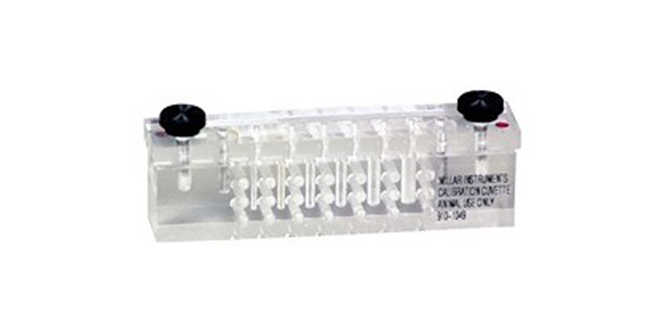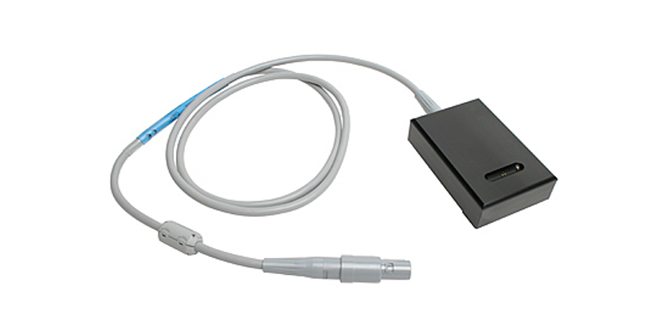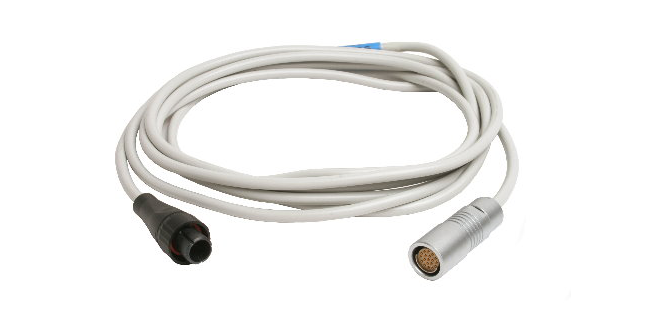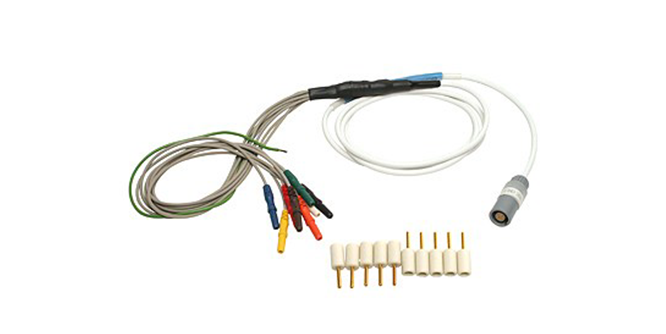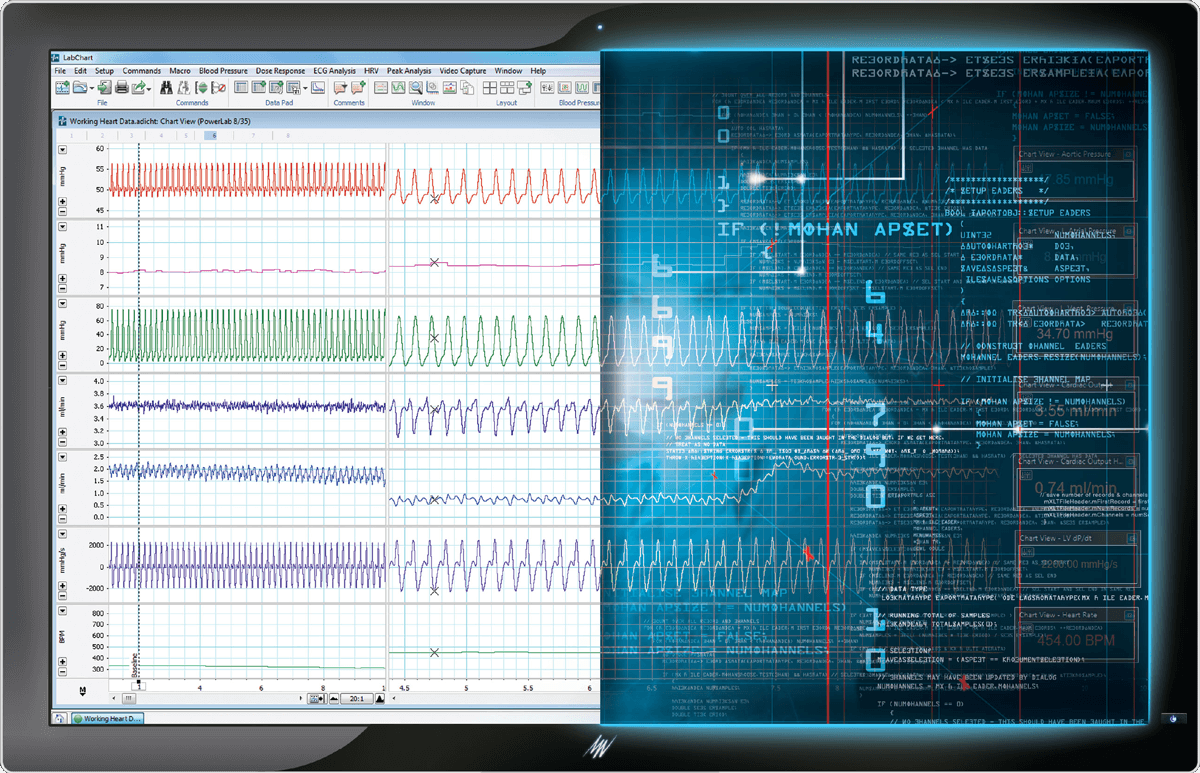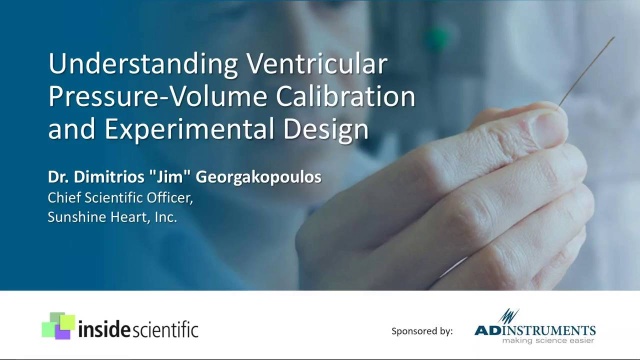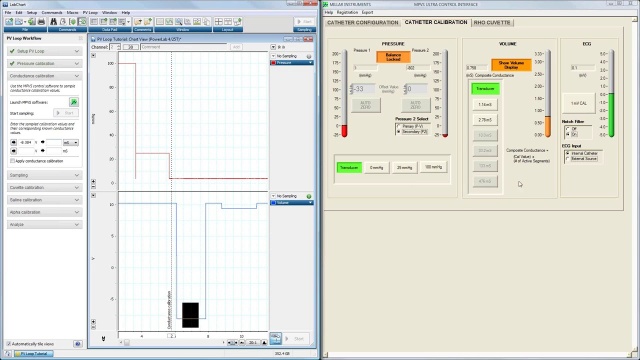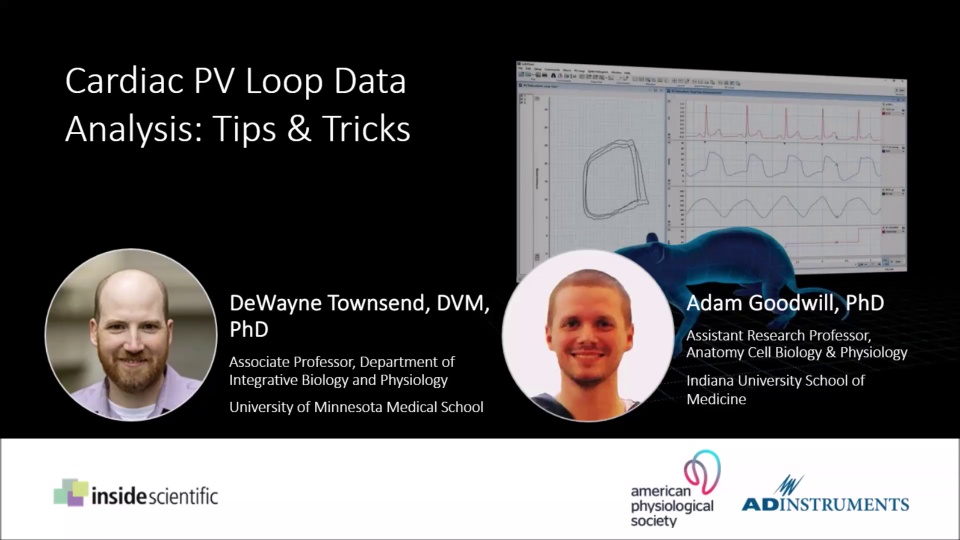Working together for comprehensive and precise Pressure and Pressure Volume research results
Combine the integrity of PowerLab data acquisition and LabChart analysis software with the world’s most accurate physiological pressure catheters from Millar for your cardiac function and pressure research.
ADInstruments are proud to be the exclusive global distributors of Millar Mikro-Tip® pressure catheters and associated hardware for ventricular pressure volume and invasive pressure recording.
Millar Mikro-Tip catheters are the world’s most accurate physiological pressure catheters, providing superior measurement sensitivity.
By combining Millar’s highly sensitive, minimally invasive catheters with the precision of PowerLab data acquisition and LabChart data analysis software, you can build a high quality, flexible system that will give you comprehensive data you can trust.

Since 1969, Millar, LLC. has been a pioneer in the development of advanced pressure sensor technology to fuel groundbreaking research. Around the world, animal researchers rely on Millar technology, including pressure catheters and pressure volume loop systems to make measurements, and decisions, with unprecedented accuracy, precision and confidence.
Surgical Instruction Video Series: Pressure Volume (PV) and Invasive Pressure
Each of the 5 videos in this series follows a surgical catheterization procedure from start to finish, and include helpful techniques and tips throughout.
These videos are a unique and valuable resource for researchers performing cardiovascular research in animal models.
Related Applications
Invasive Blood Pressure
Blood pressure is the amount of pressure exerted by blood on the vessel wall as it is pumped around the cardiovascular system by the heart. Invasive blood pressure is a technique that involves inserting a catheter directly into an artery to measure continuous arterial and vascular pressure signals at the source. This technique provides a high level of sensitivity and data accuracy for cardiovascular research.
Ventricular Pressure Volume
Changes in ventricular function for both normal and diseased model conditions can be studied by analyzing ventricular pressure volume (PV) loops. PV Loops are the gold standard method for measuring direct, real-time, complete cardiac function. PV loops are generated by plotting real-time left ventricular pressure against left ventricular volume, with one loop representing the complete cardiac cycle.
Animal NIBP
The Non-Invasive Pulse Wave Tonometer is a handheld wand probe equipped with a Mikro Tip pressure sensor at the tip and is a proven method for reproducing high-fidelity arterial blood pressure waveforms. It can be used to evaluate hypertension, arterial stiffness, the augmentation index, heart failure and the response of the central blood pressure system to various cardiovascular compounds.
Cardio Electrophysiology
Millar’s electrophysiology catheters can be used can for standard electrophysiology studies by applying pacing and recording protocols from inside the heart (intracardiac) or through the esophagus (transesophageal) to determine electrical properties of the atrium and ventricle. Electrophysiology is a proven method for characterizing the electrical phenotype of transgenic mice, as well as for determining and diagnosing various detrimental heart conditions.
Millar Complete Systems
MPVS Ultra Foundation Systems
The MPVS Ultra Foundation Systems are configured for measurement of ventricular pressure and volume in small through to large animal hearts, using an appropriate PV catheter.
Mikro-Tip BP Foundation System
The Mikro-Tip BP Foundation System is configured for measuring blood pressure in small through to large animals and provides compatibility with a wide range of Mikro-Tip pressure catheters.
Instruments
MPVS Ultra PV Unit (large and small animals)
The MPVS Ultra Pressure-Volume (PV) Unit utilizes state-of-the-art technology in the measurement of ventricular pressure and volume in small (mice, rats) through to large animals (dog, sheep, pig).
Pressure Signal Conditioner
The Pressure Signal Conditioner is a two-channel amplifier/interface unit for connecting one or two Millar Mikro-Tip catheters.
MPVS Ultra Single Segment PV Unit
The MPVS Ultra Single Segment Pressure-Volume (PV) Unit utilizes state-of-the-art technology in the measurement of ventricular pressure and volume in mice and rats.
Millar Transducers
Pressure Catheters
Millar Mikro-Tip® pressure catheters provide an ideal solution for measuring highly accurate pressures.
Electrophysiology Catheters
Used to perform standard electrophysiology studies by applying pacing and recording protocols from inside the heart (intracardiac) or through the esophagus (transesophageal) to determine electrical properties of the atrium and the ventricle.
Large Animal PV Catheters
The Ventri-Cath PV catheters are multi-segment pressure-volume (PV) catheters for complete cardiac function assessment in continuously beating, intact hearts of large animals (including dog, pig and sheep).
Small Animal PV Catheter
The Millar ultra-miniature pressure-volume (PV) catheter has revolutionized cardiovascular research as its small size means that it can be inserted directly into the heart with virtually no effect on the normal functioning of the heart.
Non Invasive Pulse Tonometer
The Non Invasive Pulse Tonometer is a hand-held wand probe equipped with a Mikro-Tip pressure sensor at the tip, designed for non-invasive recording of pulse pressure wave contours.
Rat PV Catheters
These ultra-miniature Polyimide Nylon catheters are capable of measuring both ventricular pressure and volume simultaneously and continuously from the intact beating hearts of rats and mice.
Mouse PV Catheters
These ultra-miniature catheters are capable of measuring left ventricular pressure and volume simultaneously and continuously from the intact, beating hearts of mice.
Accessories and Parts
Pressure Control Unit
A passive interface between catheter and a strain gauge amplifier, connects to any Bridge Amp with supplied monitor cable.
MPVS Ultra Cable Packs
MPVS Ultra Cable Packs for connecting single pressure, dual pressure and/or multi-segmented pressure-volume catheters to an MPVS Ultra Pressure-Volume (PV) Unit, or the outputs of the MPVS Ultra PV Unit to a PowerLab.
Volume Calibration Cuvettes
Volume Calibration Cuvettes are used to calibrate any of the mouse or rat Single Segment Pressure-Volume Catheters when used with the MPVS Ultra Single Segment Pressure-Volume Unit.
Rho Calibration Cuvette
The Rho Calibration Cuvette is used to calibrate Pressure-Volume catheters using the MPVS Ultra Pressure-Volume unit (large and small animals).
PV Extension Cable (Ventri-Cath to MPVS Ultra, 10ft)
10ft extension cable designed to connect the MPVS-Ultra Pressure-Volume Unit (large and small animals) to the Ventri-Cath series animal pressure-volume (PV) catheters (large animal, small animal, mice and rats).
EPR Catheter Interface Cable (5 ft)
Connects Millar Electrophysiology Catheters to any ADInstruments Bio Amp, or directly to the Octal Bio Amp.
Proven within the research community
Millar Mikro-tip catheters and the conductance method of calibration have been tested and validated as an accurate and trustworthy combination for research.
Measurement of cardiac function using pressure–volume conductance catheter technique in mice and rats Pacher et al. Nature protocols 3.9 (2008): 1422-1434.
Left ventricular volume measurement in mice by conductance catheter: evaluation and optimization of calibration Nielsen et al. American Journal of Physiology-Heart and Circulatory Physiology 293.1 (2007): H534-H540.
Validation of Conductance Catheter System for Quantification of Murine Pressure-Volume Loops Yang et al. Investigative Surgery 14.6 (2001): 341-355.
Does volume catheter parallel conductance vary during a cardiac cycle? Lankford et al. American Journal of Physiology - Heart and Circulatory Physiology 258.6 (1990): H1933-H1942.

Great science from trusted technology
There are many high impact publications citing ADInstruments and Millar equipment – we chose a few of our favorite ground-breaking studies.
With LabChart analysis software, your research questions drive the analysis options, not the other way around. Providing the perfect balance of ease, flexibility and power, LabChart allows you to acquire signals from multiple sources simultaneously and apply advanced calculations as your experiment unfolds.
- Getting started with LabChart is straight-forward and user-friendly meaning the learning curve for new users is much lower.
- You can choose to either use a range standard analysis tools like cyclic measurements, spectrum, channel calculations, data pad; or you can easily customize macros specific to your own unique research requirements to provide flexibility in your study design.
- LabChart tracks every action you take while never modifying your raw data, ensuring the integrity of your results so you can focus on the true insights of your research.
- Flexibility via PowerLab to add other analog signals such as gas analysis, spirometry, stimulation and cystometry into your research with confidence.
Related LabChart Add-Ons
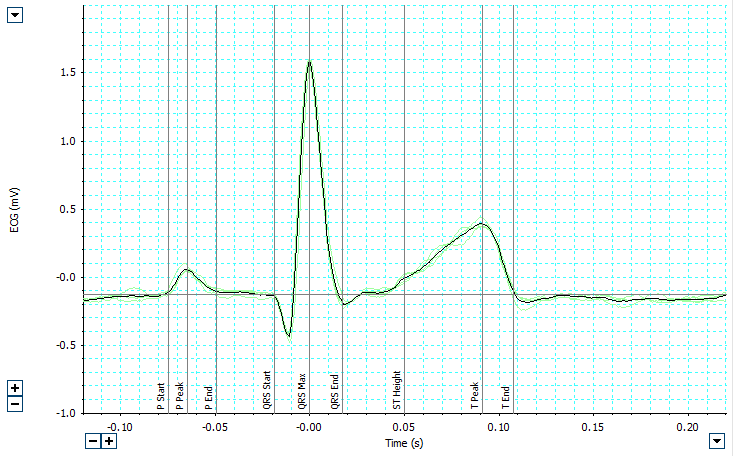
ECG Analysis
The ECG Analysis Add-On for LabChart automatically detects and reports PQRST onset, amplitude and intervals in real time, or after recording.
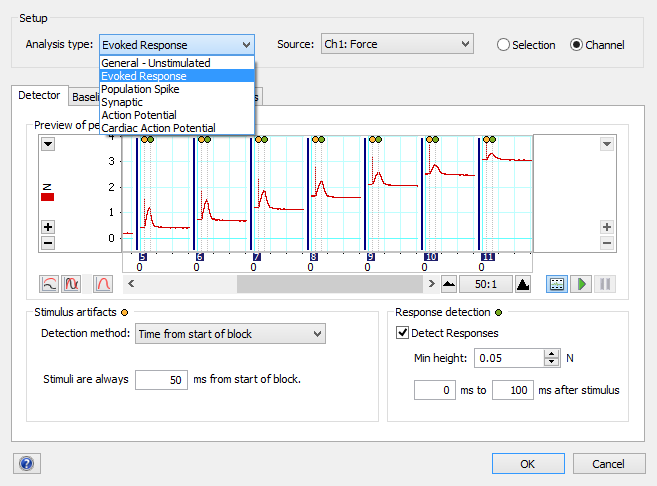
Peak Analysis
The Peak Analysis Add-On for LabChart provides automatic detection and analysis of multiple, non-overlapping, signal peaks.
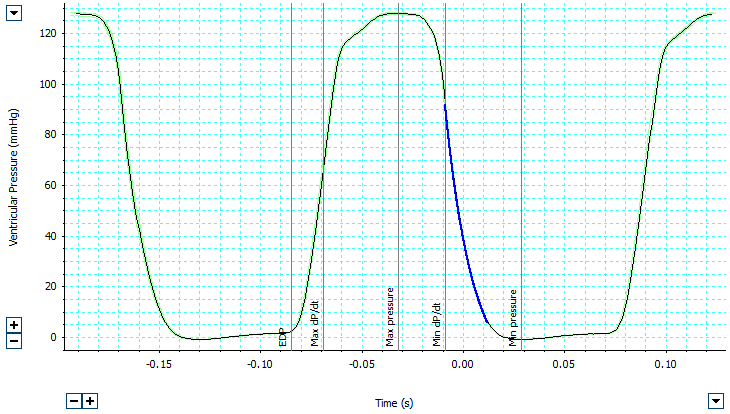
Blood Pressure
The Blood Pressure Add-On for LabChart automatically reports cardiovascular parameters from arterial or ventricular pressure signals.
Guidelines
Best Practice Tips: Millar Pressure and Pressure Volume Catheters
Introduction to PV loops: Understanding points on the PV loop and measures of cardiac function
Tips and Tricks for measuring pressure-volume loops in mice
Understanding the Importance of PV Catheter Calibration in Admittance and Conductance Systems
Videos
Understanding Ventricular Pressure-Volume Catheter Calibrations and Experimental Design
An in-depth exploration of ventricular pressure-volume catheter calibration parameters, considerations for experimental design and...
Calibration and Setup of your MPVS Ultra
The MPVS Ultra™ unit simultaneously and continuously measures high-fidelity left ventricular pressure and volume from the intact...
Cardiac PV Loop Data Analysis: Tips & Tricks (Webinar)
A comprehensive overview of how to collect and analyze high-quality pressure-volume loop data.
PV Loop 2.5 Update
In version 2.5, we have added two new algorithms for detecting end-systole in both right and left ventricular PV loops.
Understanding the Importance of PV Catheter Calibration in Admittance and Conductance Systems
This video explores common shortcuts in volume calibration, and demonstrates how failing to perform the recommended calibration procedures can produce inaccurate results in both admittance and conductance pressure-volume systems.
